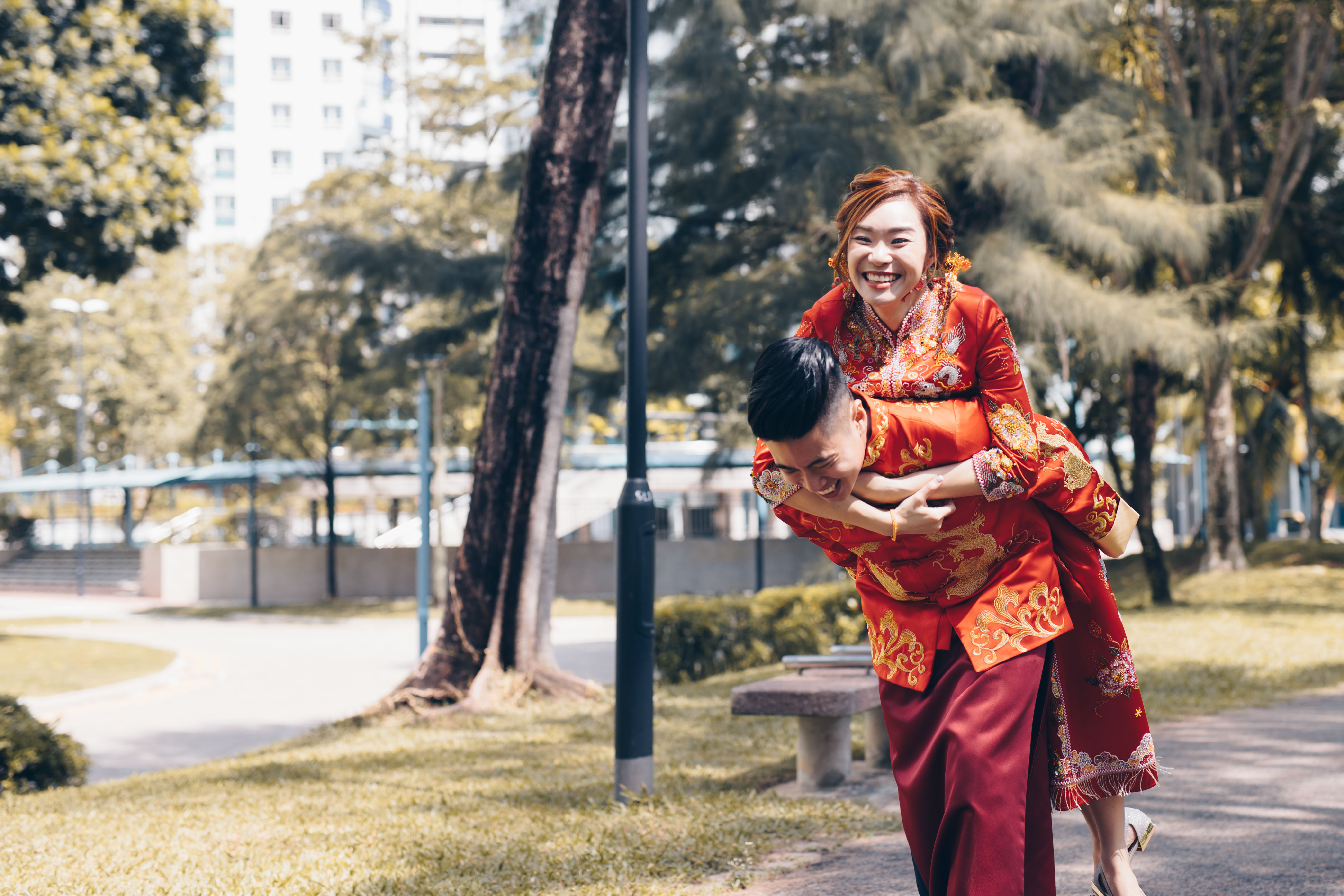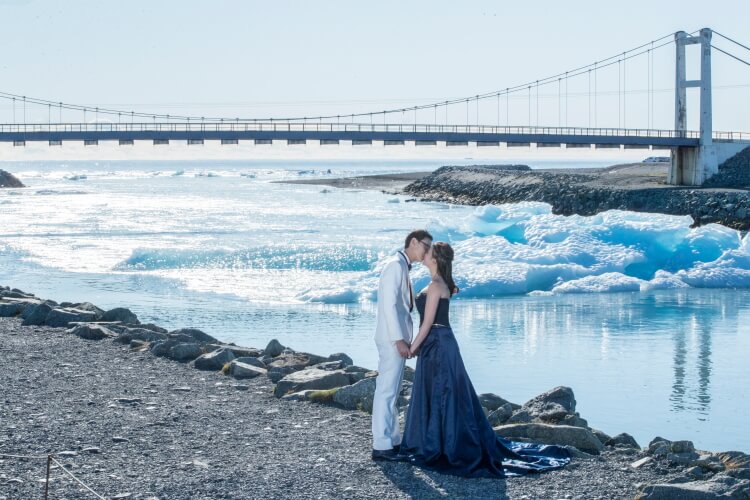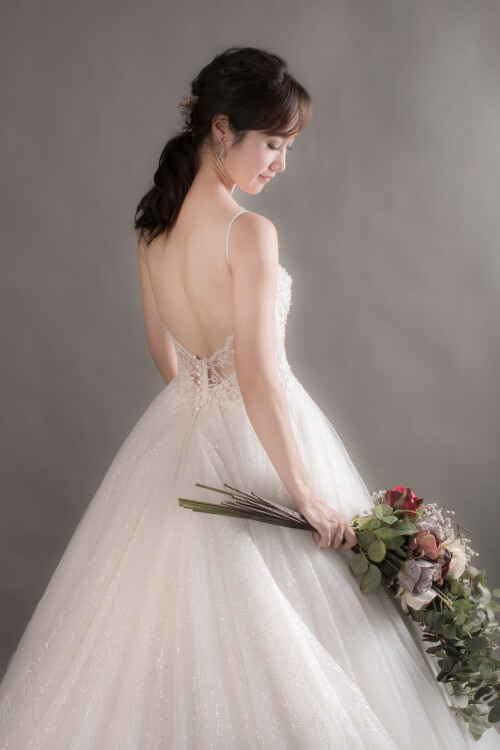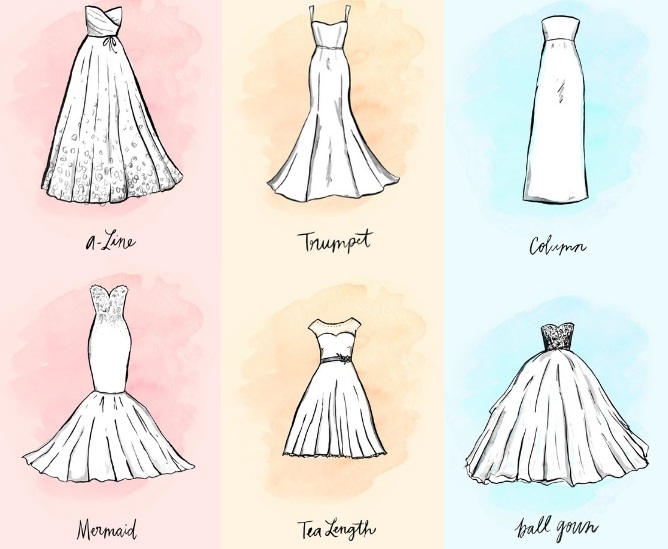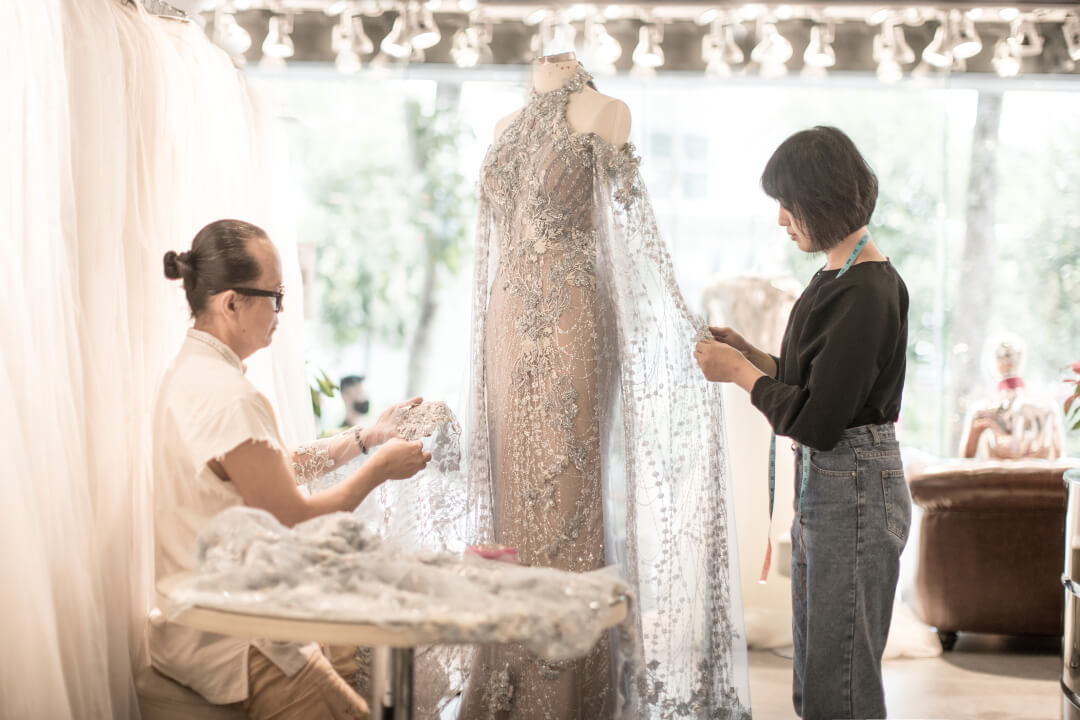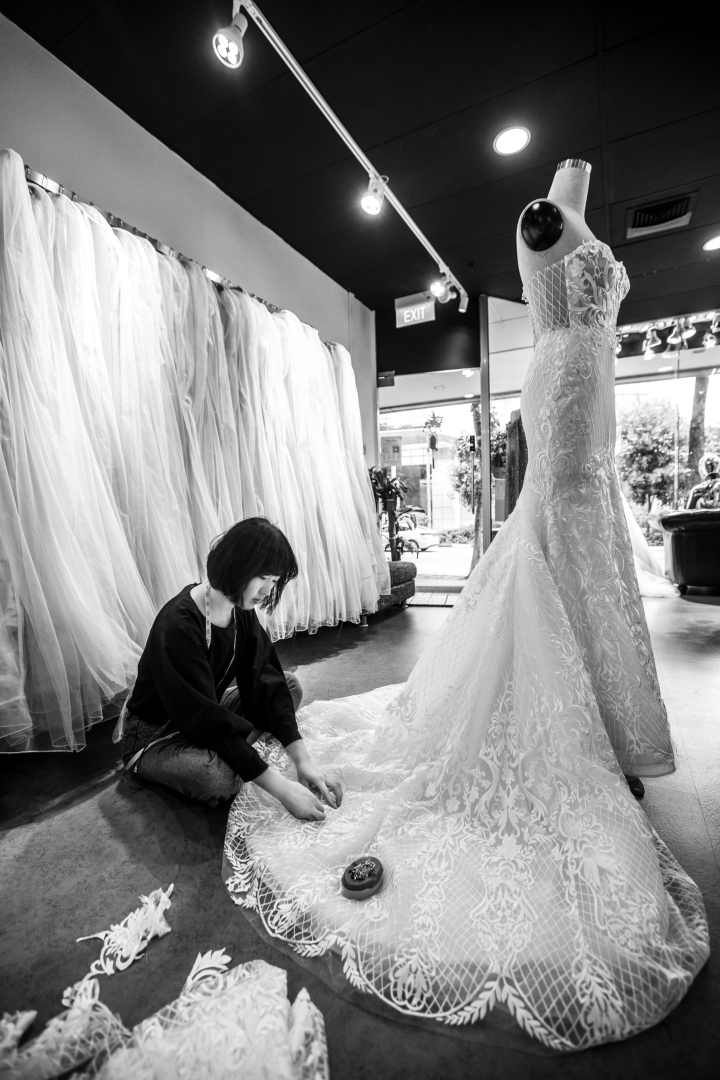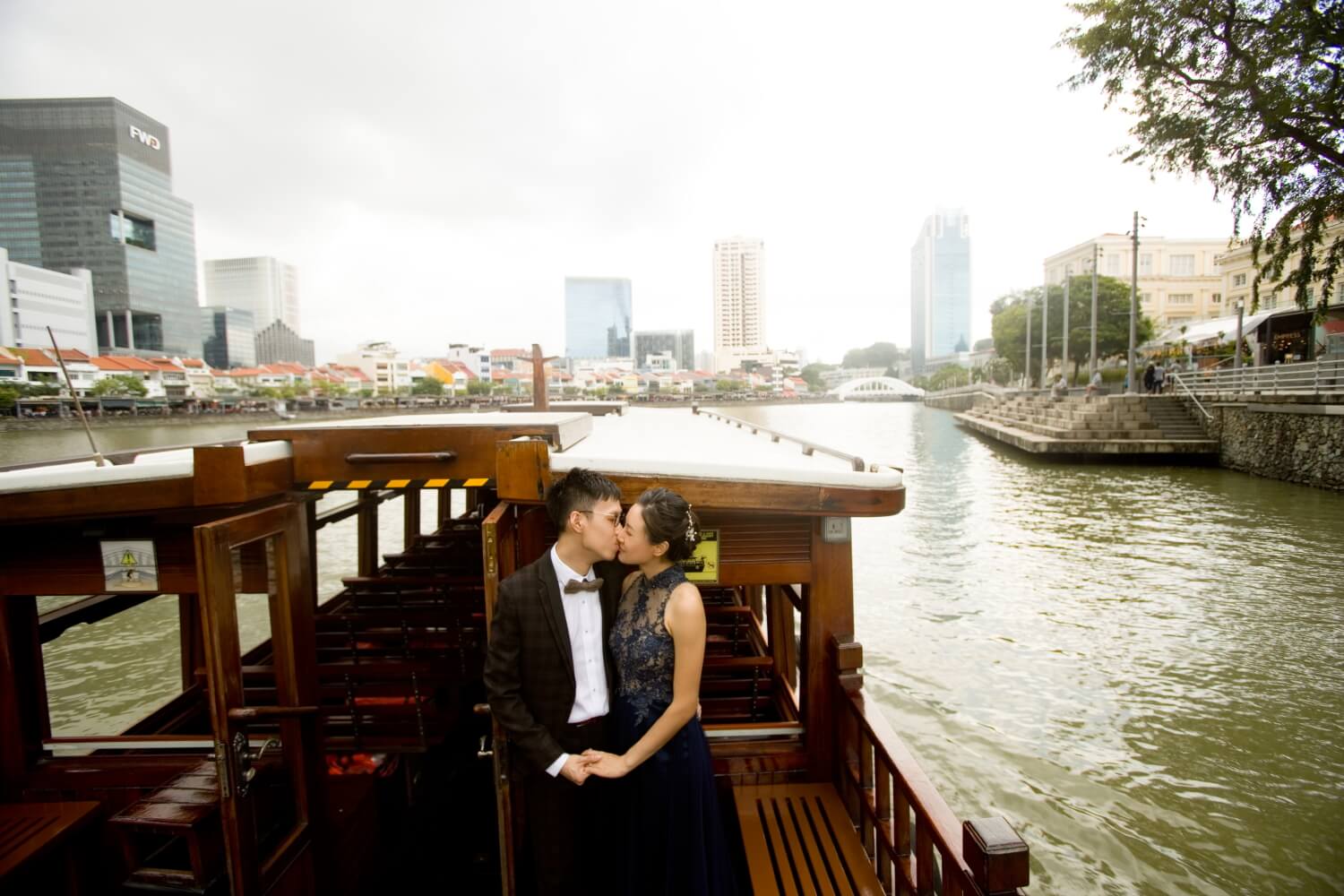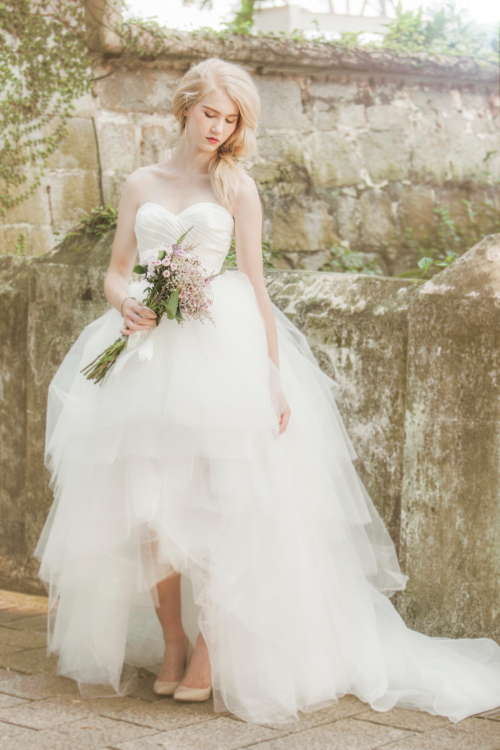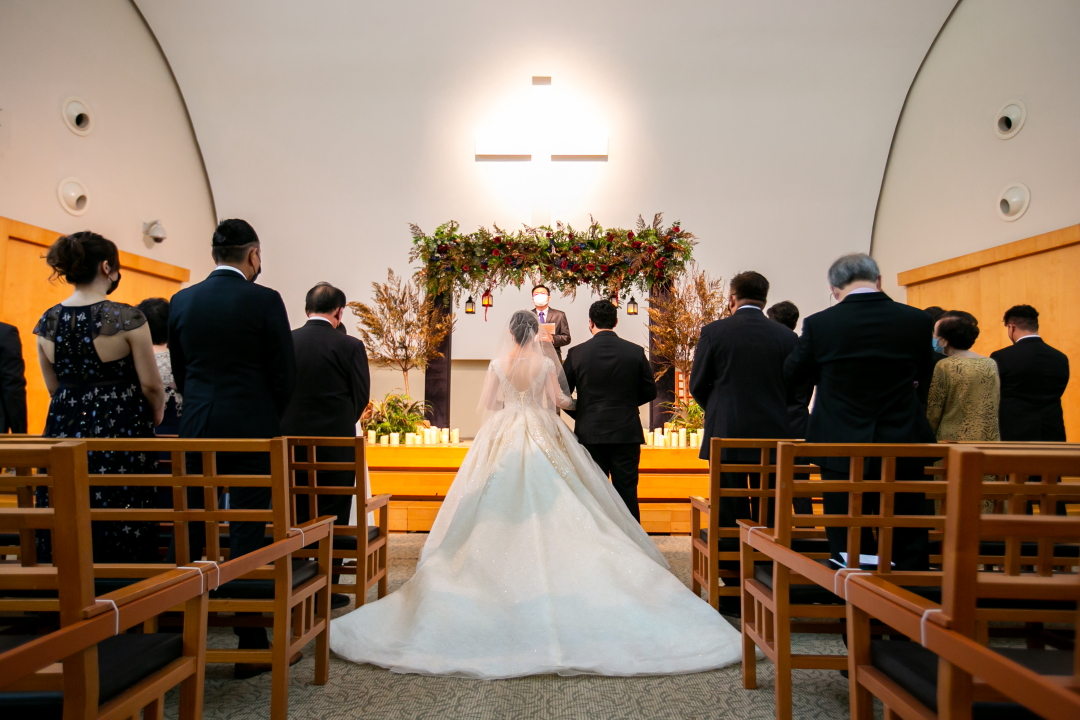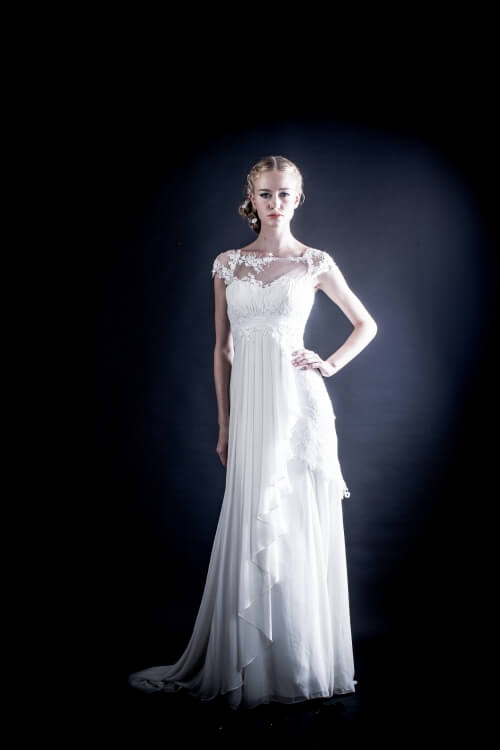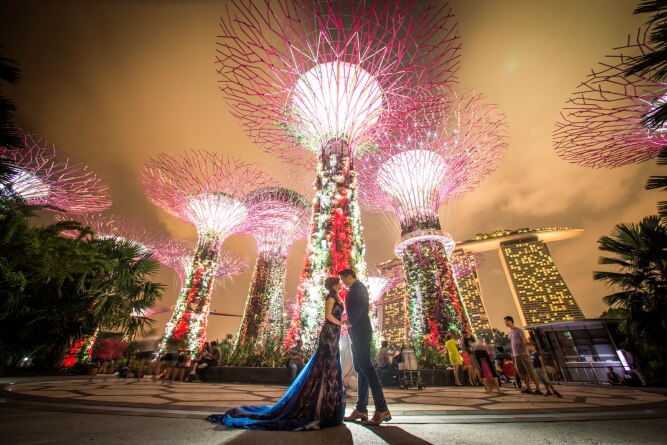Growing up in Singapore, a melting pot of races and cultures, can be a beautiful thing. It’s also especially beautiful when traditions are kept and honoured during important events and milestones, such as one’s wedding! If you’re a bride-to-be who wishes to ensure that you take care of all the traditional parts of your wedding, we’re highlighting 5 of the most prominent Chinese wedding customs and how you can best prepare for them!
1)Guo Da Li (过大礼)
The Guo Da Li ceremony is meant to signify the ‘betrothal’ of the bride and groom, but has evolved over the years to usually be the first occasion for the bride’s and groom’s families to meet! Hence, some gifting is in order – the groom’s family will usually prepare a whole list of items to give the bride’s family as a sign of sincerity that he will take good care of the bride after marriage.
The list of items to prepare depends on the dialect group of the bride. There are, however, some typical items such as oranges, double happiness stickers, traditional cakes or pastries, and of course, a betrothal ang-pow! For Hokkien brides for example, there would be some additional items such as rice candy, while Teochew brides would have peanut candy.
To prepare well for your Guo Da Li and ensure you have all the items you need, this list by SingaporeBrides will come in handy!
2) Hui Li (回礼)
This follows right after the Guo Da Li ceremony and involves the bride’s family returning a portion of the Guo Da Li gifts to the groom’s family, symbolizing the sharing of good fortune.
During Hui Li, the bride’s family will also present the bride’s dowry to the groom’s family, which includes items such as new bedsheets for the bridal bed, a ‘descendant pail set’ consisting of a baby bathtub and gold jewellery. Hui Li is almost, if not as important as Guo Da Li, so don’t forget! Here’s another checklist to ensure you don’t miss a detail.
3) An Chuang (安床)
This ritual directly translates to ‘bed setting’, where the marital bed will be blessed by having a little boy rolling on it. This signifies that the couple will go on to be blessed with harmony and, of course, offspring! Typically, an auspicious date will be selected for a couple’s An Chuang ceremony, but these days, most couples take a more modern approach and schedule it between 3 days to a week before the wedding.
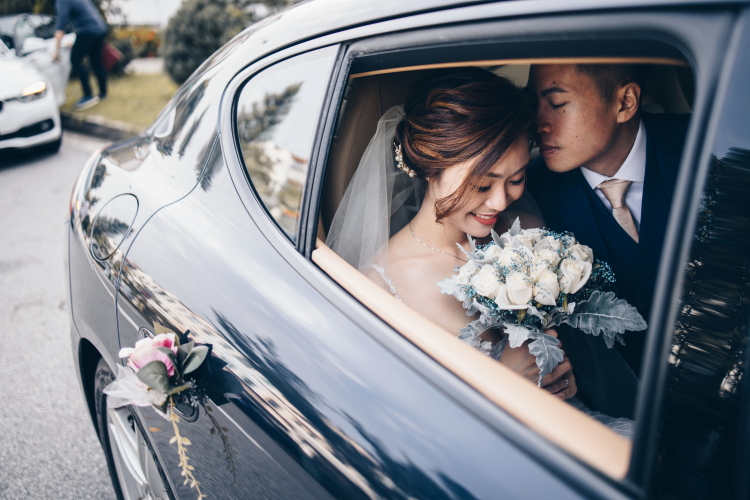
4) Groom fetches the bride
On the couple’s wedding day, the groom will travel to the bride’s home to fetch her to his home. The journey into the bride’s home is where the fun starts, as this is where the bride’s bridesmaids form a ‘barricade’ and the groom and his groomsmen have to complete certain challenges or tasks to get to the bride. This tradition is known as ‘gatecrashing’ and consists of lots of difficult challenges for the groomsmen to conquer – some of the games include forfeits like silly dances, eating strange food combinations and love declarations in the form of signed contracts from the groom to his bride!
After the bridesmaids are satisfied, this is usually where the groomsmen and groom have to dispense some red packets to officially ‘gain entry’ past the girls, for the groom to finally see his bride face to face. This usually makes for a sweet moment as the photographer and videographer capture the groom entering the bride’s room where she’s veiled, presenting her a bouquet of flowers and lifting the veil to kiss her.
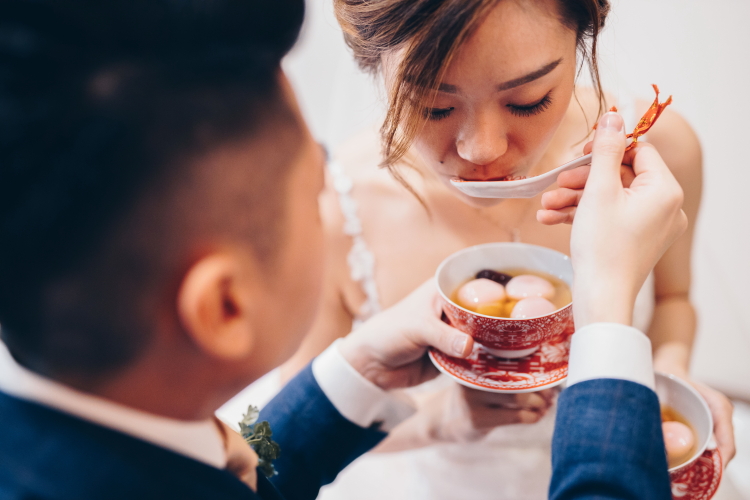
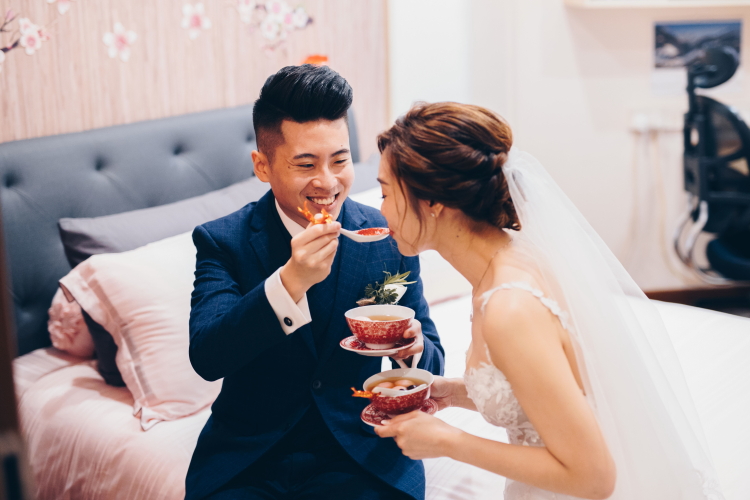
5) Tea ceremony
This is probably the tradition of all traditions at Chinese weddings! The tea ceremony symbolizes the acceptance of the bride and groom to each others’ families. Traditionally, it is done at the groom’s home after the groom has fetched the bride, but increasingly, hotel wedding venues are also providing tea ceremony assistance and logistics for an easy transition to the hotel banquet.
The bride (and groom, if he is willing) will usually change into a traditional Chinese wedding dress, also known as the “kua”, and they will serve tea in this attire. Tea is served in order of seniority, and parents of the couple are first to be served. During the actual ceremony, the bride and groom will stand in front of their elders and serve them tea while addressing them by their formal titles. In return, the elders will gift the couple red packets or gifts to show their blessing.
Planning a wedding with so many traditions to keep to may be stressful, but don’t fret, it will all pay off in a big way on your special day when you see your loved ones enjoying themselves! Though the journey to getting there may feel long, enjoy the process and you can always seek the help from the friendly team at My Bridal Room for any queries on tea ceremony outfits, photography or videography. Contact us here at any time for a non-obligatory quote and happy planning!



